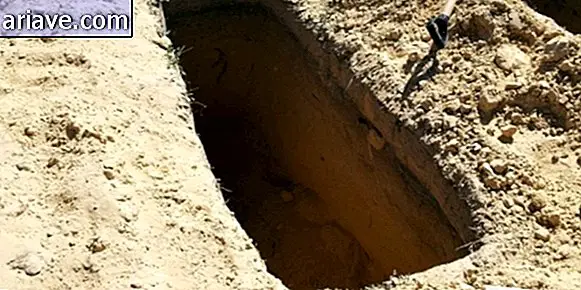9 places listed by UNESCO in 2016 as World Heritage Sites
1. Dolmens of Antequera - Spain
The Menga, Viera and El Romeral dolmens are located on the outskirts of Antequera, 475 km from Madrid, and were built during the Neolithic period. They are formed by large rocks that create chambers used in the past to bury the dead. The Antequera dolmens are one of the largest megalithic structures in all of Europe.

2. Ani Archaeological Site - Turkey
Formerly the capital of the Armenian kingdom of Bagratides, Ani prospered between the 10th and 11th centuries. The city was part of the Silk Road, serving as a crossroads for many travelers. The Mongol invasion and the massive 1319 earthquake contributed to the city's decline, which had numerous residential, commercial and religious structures.

3. Nalanda University - India
Nalanda Mahavihara, or University of Nalanda, was established in the 5th century BC and ran until the 13th century AD! Because of this, it has become one of the most important places of study of antiquity, attracting students from Tibet, China and Korea. In addition to medicine and grammar, classes were also taught in Buddhism and ancient Hindu texts such as Vedas and Samkhya. Muslim dynasties invaded, looted and destroyed the university, which today became a tourist hub.

4. Archeological site of Philippi - Greece
The ancient city of Philippi in Greece, 660 km from Athens, was founded in 336 BC by the Macedonian king Philip II, father of none other than Alexander the Great. It was walled and thought to be like a “little Rome” with amphitheater, forum and intense market.

5. Gorham Caves - United Kingdom
The steep limestone cliffs of the eastern side of the Rock of Gibraltar have 4 caves that served as deposits of human history. In them you can see traces of Neanderthal occupation dating back over 125, 000 years ago! So much so that the caves of Gorham are known to be the last abode of this extinct species of this early man.

6. Nan Madol - Micronesia
Nan Madol is a complex of 99 artificial islets on the southeastern coast of Pohnpei Island in Micronesia. They were made of basalt walls and coral stones, and are remnants of ancient palaces, temples and tombs built between the 1200s and 1500s. Nan Madol was the ceremonial center of the Saudeleur dynasty, which had one of the largest cultures of this region of the Pacific.

7. Stecci Medieval Tombstones - Serbia, Bosnia and Herzegovina, Montenegro and Croatia
These medieval tombstones are scattered in 30 locations from 4 countries and date from the 12th to the 16th centuries. The tombs have various designs and inscriptions, which bring part of the history of medieval Europe as well as each of their locations.

8. The Persian Qanat - Iran
This water system ran long underground paths and irrigated very arid regions of Iran. In all, 11 qanats are part of the UNESCO-listed complex and are an outstanding testimony to cultural traditions and civilizations in desert areas, according to the organization. They were built around the year 1000 BC

9. Zuojiang Huashan Archaeological Site - China
In southwest China, there are 38 rock art sites that illustrate what the life of the Luoyue people was like. They were designed between the 5th and 2nd centuries AD. It is the only record of its kind discovered to date.












